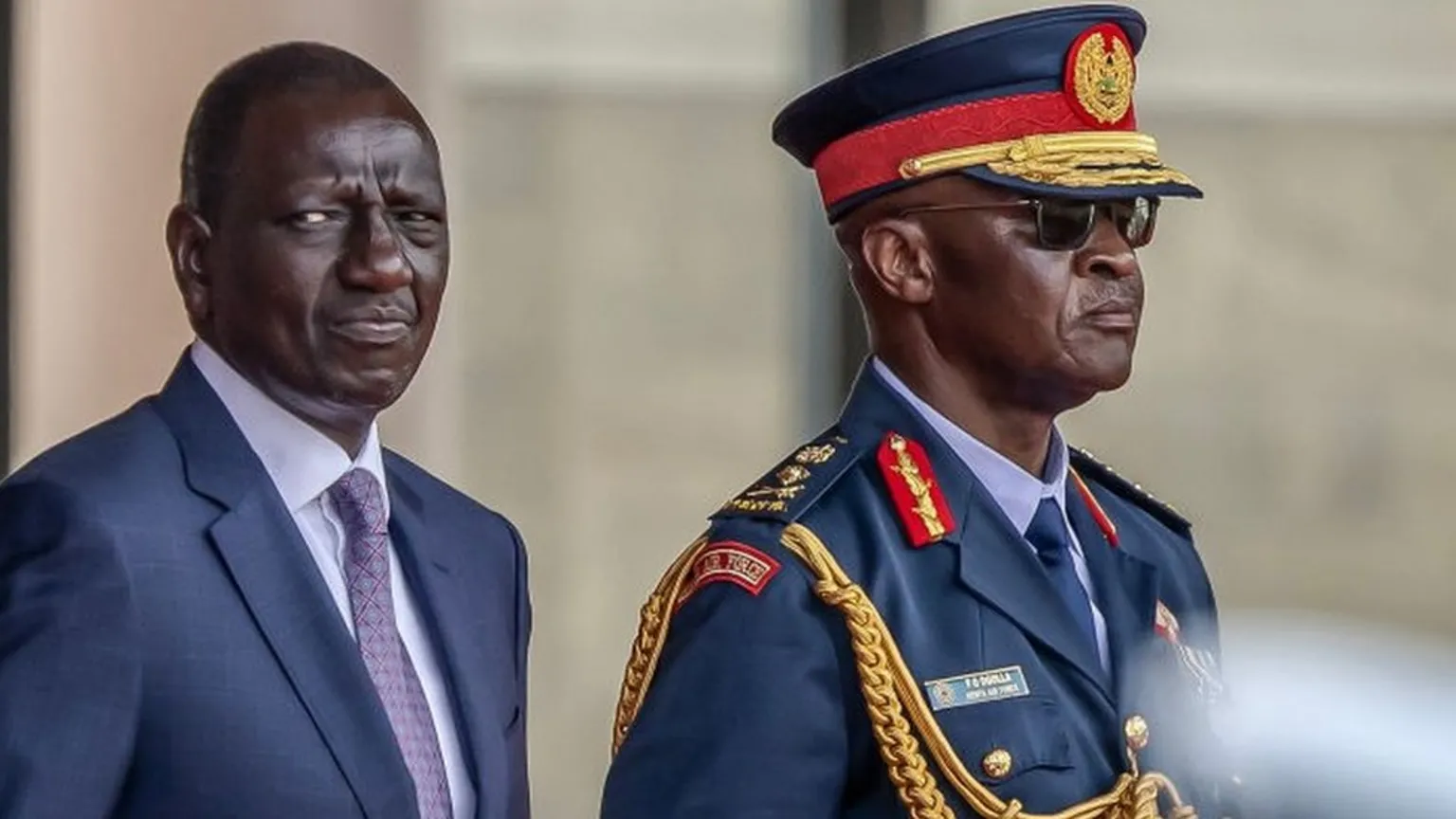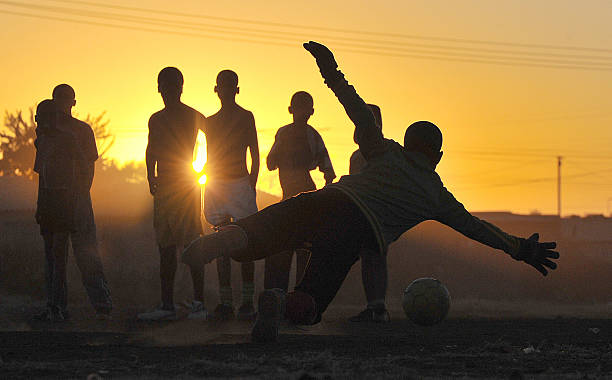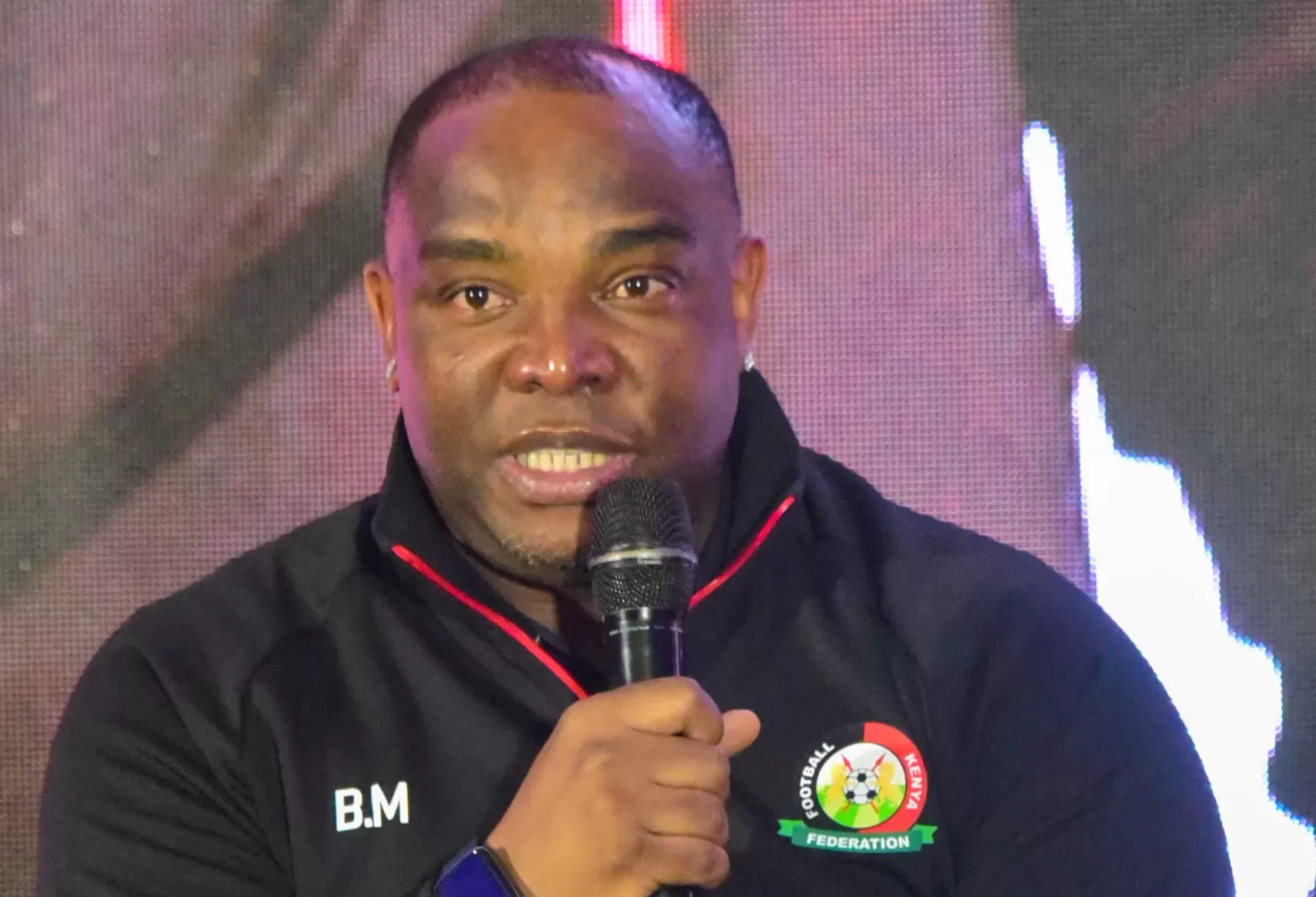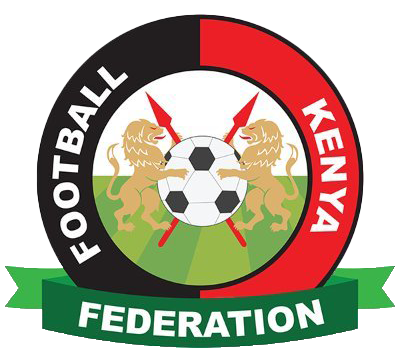Time, all its relentless, cruel beauty, slips away on us despite our ham-fisted attempts to understand it. It slips through our fingers like sand, yet with each passing tick of the clock, there comes the imperative that we owe ourselves to discover the truth—no matter how much said truth may be clothed in darkness and contradictions. In the tradition of John Stuart Mill’s timeless wisdom, “If all mankind minus one were of one opinion, mankind would be no more justified in silencing that one person than he, if he had the power, would be justified in silencing mankind.” I am compelled to speak, question, and demand accountability in a case shrouded in silence for so long.
Nigh on a year has elapsed since the tragic helicopter crash that took the life of General Ogolla—a man whose career, legacy, and promise were cut so brutally short. And yet, even as the hands of time inexorably move on, the inquiry into his death has been left hanging, a forgotten chapter in Kenya’s modern military and political drama.
Born on 12 February 1962 in Siaya County, General Francis Omondi Ogolla left an illustrious path in the history books of Kenya’s armed forces. Enlisting in the Kenya Defence Forces in 1984 as a 2nd lieutenant, he rose quickly—not merely in rank but also in stature. A combat pilot who was trained alongside the crème de la crème in the US Air Force, his rise from cadet at the Kenyan Defence Forces to the highly esteemed rank of General was nothing less than meteoric.
His own professional life was marked by awards and historic firsts. Above all, he was the first from an opposing community to rise to the very top of the military leadership in Kenya—a fact that should, in itself, have bred pride and open-to-see accountability. But other plans were in store. On 18th April, 2024, during an assignment in Sindar, Elgeyo-Marakwet County, Ogolla, along with nine other troops, met their untimely death when their Bell UH-1H Huey II helicopter crashed. It was a mission to check on stabilization work and open schools in a region beset by bandit raids—a mission that was a testimony to his commitment to service and country’s well-being.
Contrast this to another somber but publicly researched tragedy. When the Nigerian military commander Lt-Gen Ibrahim Attahiru was killed in a plane crash, the Nigerian Accident Investigative Bureau submitted its report within three months—a process that offered the promise of closure, accountability, and comfort of truth. Similarly, when Indian Chief of Defence Staff Gen Bipin Rawat and his entourage perished in a helicopter crash in December 2021, the Indian investigative agencies had reported within a month. In contrast, the probe into General Ogolla’s death remains mired in bureaucratic lethargy. President Ruto’s sworn promise at the funeral of Ogolla—a full inquiry and swift public report—now appears to have faded into yet another broken promise.
Whatever interpretation is put on the ‘killing’ of General Ogolla, it has to be deficient if it fails to account for the broad political context within which it took place. Even the events surrounding his elevation as Chief of Defence Forces were shrouded in controversy. His ascension had not been without its critics—particularly after it was alleged that he was a member of a national security council delegation that was trying to influence the 2022 general election. Although President Ruto had come to Ogolla’s defense over his flawless credentials, questions still remained, casting a very long shadow on his meteoric rise.
Making it even more intriguing, April itself has an unusual significance in Kenya’s political drama. This is not just any month—it is the month that the political map seemed to have changed in the aftermath of a wave of anti-government protests. The April melodrama, along with the recollection of June 25—when Kenya witnessed a new trend in politics—only adds to the mystery. How fitting that such a key figure should die when the very fabric of government trust hangs in the balance?
General Ogolla’s military career is as distinguished as it is impressive. With a career spanning decades, punctuated by advanced studies at École Militaire de Paris, National Defence College of Kenya, Egerton University, and the University of Nairobi, he was not merely a soldier but an intellectual—a man familiar with the mechanics of combat, international affairs, and the nuances of political science. His awards—Moran of the Golden Heart (MGH), Elder of the Burning Spear (EBS), and the Head of State Commendation—testament to a lifetime of service. Still, with all his honorific achievements, it was his final flight that has left us questioning: how does the most experienced and capable pilot in the military plummet from the air under the most dubious circumstances?
I couldn’t help but repeat the inciting phrase of Matshona Dhliwayo: “The more you try to hide the truth the more you expose it.” In putting these words into print, I am trying to get a hold of how probable it is that we are witnessing an intentional hiding—a cover-up that kills not only a report but the very essence of truth. The silence is ominous. In a system wherein opposition is seen to be oppressed and voices quelled, inviting the release of the report of investigation would otherwise be seen as a bold, if irresponsible, act. Silence in the midst of doubt is, however, the true foe of accountability.
Let it then be made obvious: if this accident was just an unfortunate circumstance, then let the report stand witness to the unfortunate whims of fate. But if, as some suspect, it occurred by sabotage or negligence, then we ought not to be reluctant to confront the nasty reality—that perhaps we are dealing with a government willing to cover up inconvenient truths at the cost of public trust. The lag in making available the report is not just a bureaucratic blunder; it’s a stain on the very ethos of democratic openness.
It is really strange and frustrating that the highest-ranking military officer, a man of unparalleled dedication and experience, should be the first to be assassinated in office on active duty, and all his predecessors but two escaped with natural, though less dramatic, ends. Some just go on, but others falter, and the contrast of those fates sparks a fire of suspicion and the demand for complete reckoning.
As I reflect on the passage of time—a reminder of all that we have lost and all that remains unresolved—I am reminded of the compelling need for truth in our leadership. We owe it not only to General Ogolla and his fallen comrades but to every Kenyan citizen who expects their leaders to bring clarity and justice. Let this be a clarion call: release the report. Reveal the truth. Allow the truth, however bitter, to be revealed and rebuild trust in a system that seems increasingly willing to let darkness prevail where there should be light.
Finally, it is not merely a question of a lost report or an unsolved crime—it is one of giving honor to the memory of a man who served his nation with courage and honor. It is one of ensuring that no future generation will be left to speculate whether the facts of yesterday are being sacrificed on the altar of political expediency.
Time, this relentless force, waits for no one. And with its constant progression, it calls for justice, accountability, and the determination to confront even the most inconvenient of truths. At the crossroads of memory and the future, let us take note of the teachings of this dolorous event. For if we are not able to call for answers now, then when? And if not us, then who?
And so, with the zeal of inquiry and the weight of history on our shoulders, I call upon you: let the investigation be completed, the report released, and the truth out. For in doing so, we do not merely do honor to the memory of General Ogolla—we safeguard the very core of an open, honest, and just society.
So, with the culture of inquiry and the weight of history on our shoulders, I call upon: let the investigation be concluded, the report be released, and the truth be revealed. For by doing that, we do not merely pay homage to General Ogolla’s legacy—we uphold the very essence of an open, accountable, and fair society.

















